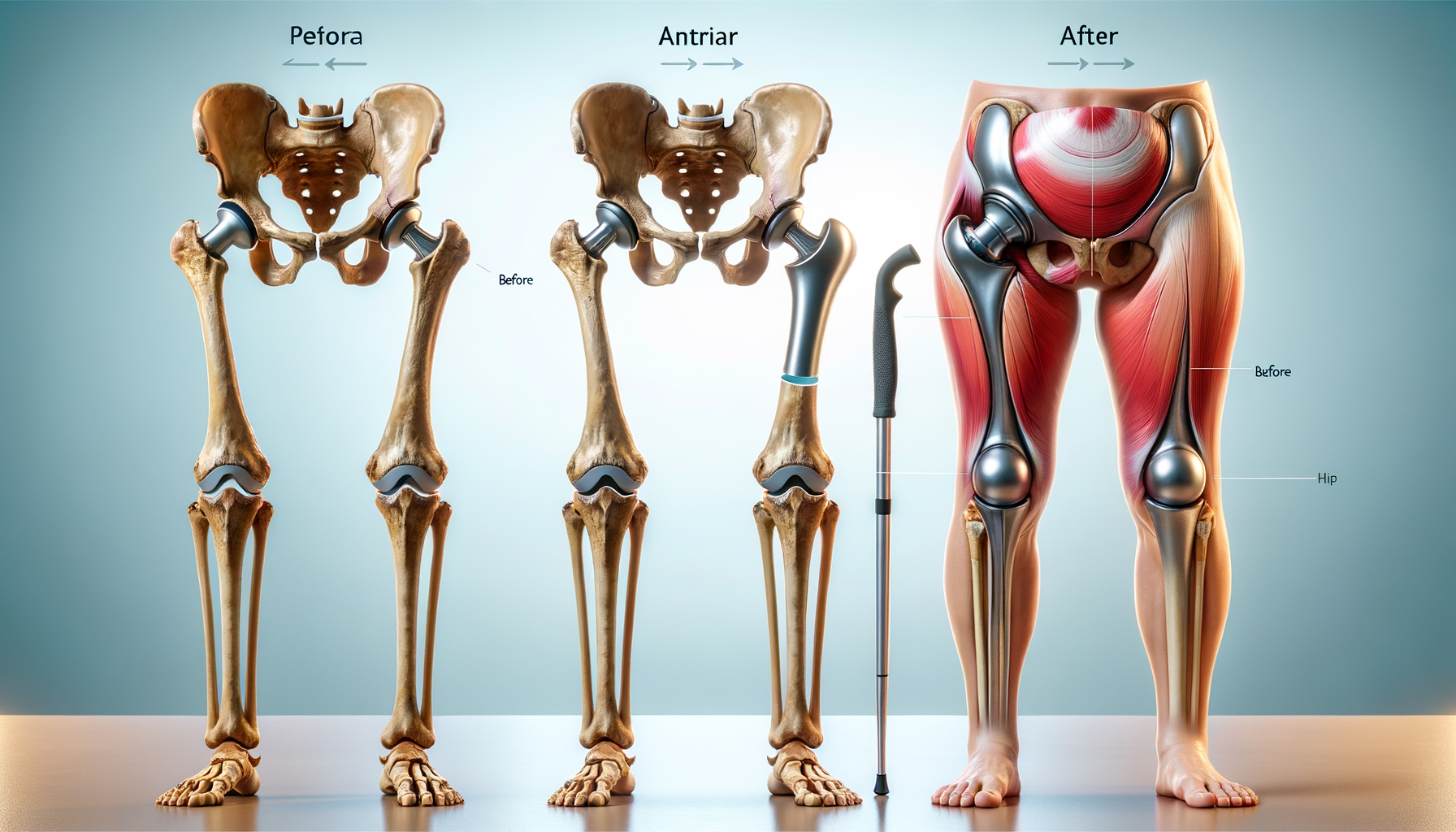Introduction to Hip Replacement Surgery
Hip replacement surgery is a significant medical procedure that can greatly enhance quality of life for those with severe hip joint issues. It involves replacing a damaged or worn-out hip joint with an artificial one, often due to conditions like arthritis, fractures, or other degenerative diseases. This surgery is not only crucial for pain relief but also for restoring mobility, allowing individuals to return to their daily activities with greater ease and comfort.
In recent years, advancements in surgical techniques and materials have made hip replacement surgery more successful and accessible. With a growing aging population, the demand for this procedure continues to rise, making it an essential topic for those exploring treatment options for hip-related ailments.
Types of Hip Replacement Procedures
There are several types of hip replacement procedures, each tailored to meet specific patient needs. The most common types include total hip replacement, partial hip replacement, and hip resurfacing.
Total hip replacement, also known as total hip arthroplasty, involves replacing both the acetabulum (hip socket) and the femoral head (thigh bone) with artificial components. This procedure is often recommended for patients with severe arthritis or extensive joint damage.
Partial hip replacement, or hemiarthroplasty, involves replacing only the femoral head. It is typically performed on patients who have suffered a fracture in the femoral neck, especially in older adults where the socket remains healthy.
Hip resurfacing is a more conservative approach aimed at younger, active patients. It involves capping the femoral head with a smooth metal covering, preserving more of the patient’s natural bone compared to total hip replacement. This option is gaining popularity due to its potential for easier future revisions.
Benefits of Hip Replacement Surgery
Hip replacement surgery offers numerous benefits, significantly improving the quality of life for many patients. Some of the primary advantages include:
- Pain Relief: One of the most immediate benefits is the substantial reduction or elimination of hip pain, allowing patients to engage in activities they previously found difficult.
- Improved Mobility: By replacing the damaged joint, patients often experience a notable increase in mobility and range of motion, enabling them to perform daily tasks with ease.
- Enhanced Quality of Life: With reduced pain and improved function, patients can return to hobbies and activities they enjoy, contributing to better mental and physical health.
- Long-Term Durability: Modern hip replacements are designed to last many years, providing a long-term solution for chronic hip issues.
These benefits highlight why hip replacement surgery is considered a valuable option for those suffering from debilitating hip conditions.
Preparing for Hip Replacement Surgery
Preparation for hip replacement surgery involves several steps to ensure the best possible outcome. Patients typically undergo a thorough preoperative assessment, including medical evaluations and imaging tests, to determine the most suitable surgical approach.
In addition to medical assessments, patients are often advised to engage in pre-surgical physical therapy to strengthen the muscles around the hip. This can aid in a smoother recovery process post-surgery. It’s also crucial for patients to discuss any medications they are taking with their healthcare provider, as some may need to be adjusted or temporarily discontinued.
Understanding the procedure, potential risks, and recovery expectations is vital for patients. This knowledge helps alleviate anxiety and ensures they are mentally and physically prepared for the journey ahead.
Recovery and Rehabilitation After Hip Replacement
The recovery process following hip replacement surgery is a critical phase that requires commitment and patience. Initially, patients may spend a few days in the hospital, where they receive pain management and begin physical therapy.
Physical therapy plays a crucial role in recovery, focusing on strengthening the hip muscles and improving mobility. Patients are encouraged to gradually increase their activity levels, following a structured rehabilitation program tailored to their specific needs.
Home modifications, such as installing grab bars or using assistive devices, can facilitate a safer and more comfortable recovery environment. Regular follow-up appointments with the healthcare provider are essential to monitor progress and address any concerns.
While recovery times can vary, most patients can return to normal activities within a few months, enjoying the full benefits of their new hip joint.




Leave a Reply